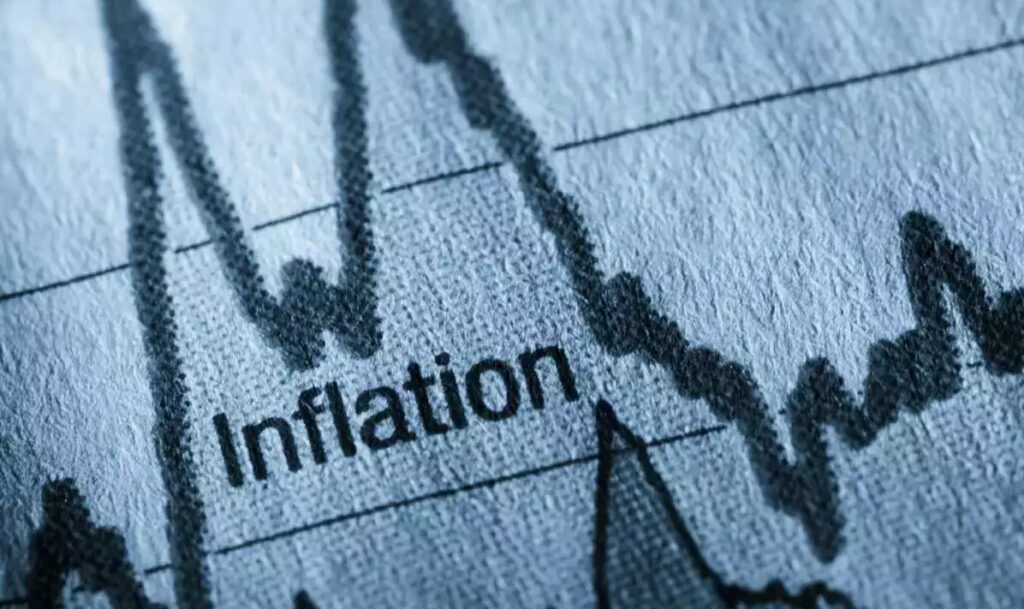Key Takeaways:
- The 2% rate was set as a standard in the 1980s after New Zealand was experiencing high inflation.
- The idea of inflation targeting spread quickly around Europe in the 1990s, followed by the United States in 2012.
- There is no evidence a 3% or 4% inflation rate does substantial damage relative to 2% inflation.

WISCONSIN (CoinChapter.com) — According to the Federal Reserve Bank of St. Louis, a 2% inflation target is essential to the Federal Reserve’s plan for stable prices in the American economy.
The International Monetary Fund said several economies include 2% in their consumer price rate targets, some of which include Australia, Canada, Israel, and Japan.
Where Did a 2% Inflation Rate Come From?
Interestingly enough, it was created in New Zealand. According to Arthur Grimes, a New Zealand Victoria University professor who teaches public policy and wellness, “We pioneered inflation targeting.”

When newly-hired Ph.D. economist Grimes began his work at the central bank, which at the time was not independent of the government, New Zealand was experiencing extremely high consumer prices in the late 1980s.
During that decade, the New Zealand central bank was trying to figure out what was more important – money supply or interest rates; the bank thought it could achieve its goals by narrowing down a priority between the two.
As central bank officials discussed the matter, they questioned one another about what they were attempting to accomplish. They quickly figured out the goal was to stabilize prices, which resulted in setting a target for consumer prices.
And So, Targeting Began…
Inflation targeting was established by the Reserve Bank of New Zealand Act of 1989, and today it is practiced in economies all over the world.
In 1991, Canada declared its inflation target, and in 1992, the UK followed suit. Later, according to the Organization for Economic Cooperation and Development, Finland, and Sweden set inflation objectives in 1993.
The United States didn’t announce its 2% consumer prices rate target until 2012.
Is 2% Inflation the Perfect Ideal?
Since then, there has been debate over whether or not that aim is appropriate. For instance, in 2017, some economists argued in favor of a higher target in a letter to the Federal Open Market Committee.
One of the experts who signed the letter stated that there is no evidence a 3% or 4% consumer price rate does substantial damage relative to 2%. But, as the world adjusts to a new post-pandemic normal, central banks’ consumer price targets have come under increased scrutiny.
According to Thomas Hoenig, former president of the Federal Reserve Bank of Kansas City, “It is, I think, an error to suggest 2% is somehow the ideal right figure.”


